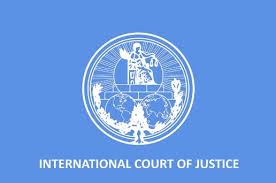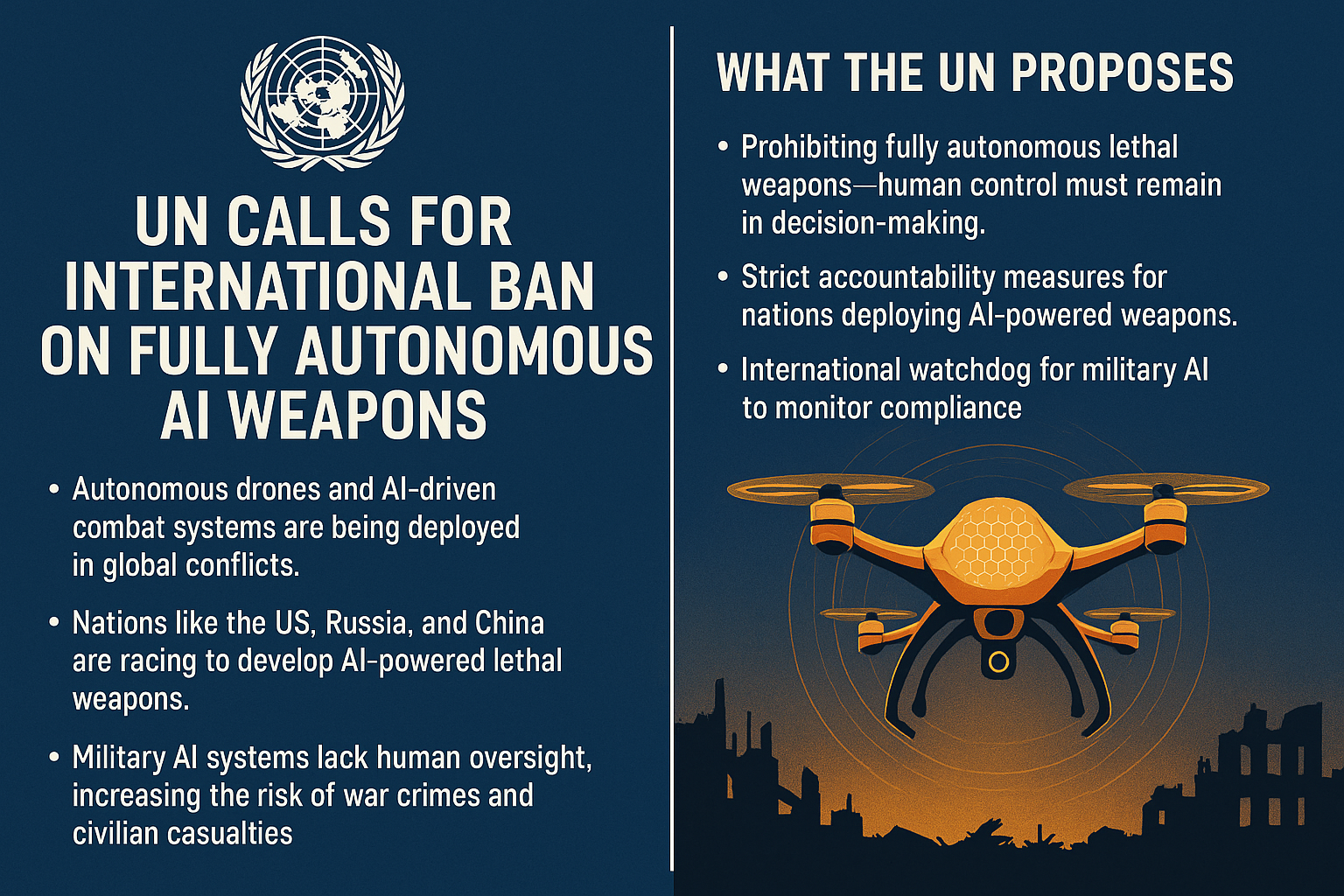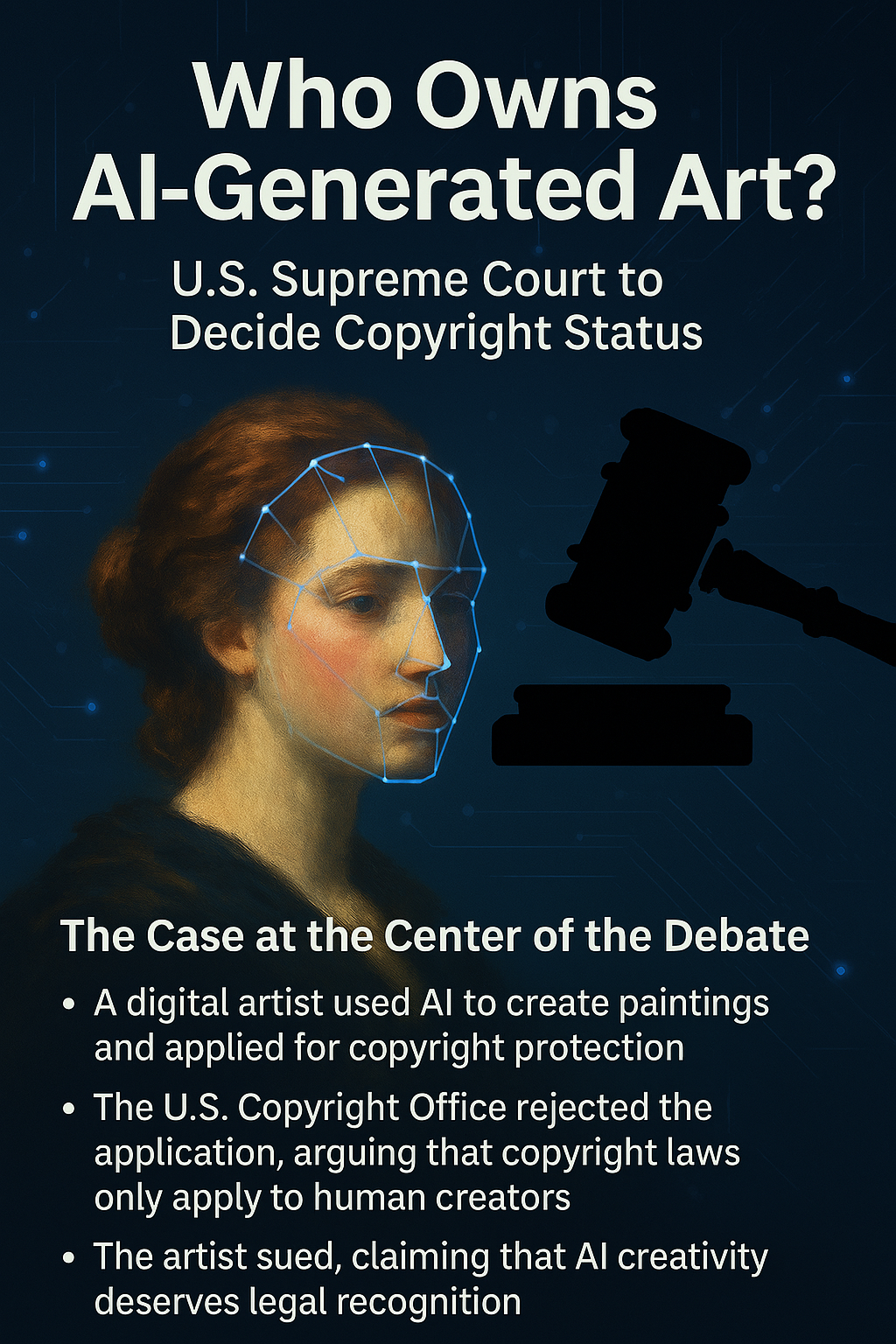Role of UDRP in Resolving Domain Name Disputes (with top 4 important case laws)
📘 Role of UDRP in Resolving Domain Name Disputes
What is UDRP?
The Uniform Domain-Name Dispute-Resolution Policy (UDRP) is a policy adopted by ICANN (Internet Corporation for Assigned Names and Numbers).
It provides a quick, cost-effective administrative process for resolving disputes over the registration of internet domain names.
UDRP applies primarily to disputes involving .com, .net, .org, and many other generic top-level domains (gTLDs).
Purpose of UDRP:
To resolve disputes between trademark owners and domain name registrants who may have registered domain names identical or confusingly similar to trademarks.
To prevent cybersquatting, where domain names are registered primarily to exploit the goodwill of established trademarks.
How UDRP Works:
Filing a Complaint:
A trademark owner files a complaint with an approved dispute resolution service provider.
Administrative Panel:
A panel of experts reviews the complaint and response (if any).
Decision Based on 3 Elements:
To succeed, complainant must prove:
The domain name is identical or confusingly similar to a trademark or service mark.
The registrant has no rights or legitimate interests in the domain name.
The domain name was registered and is being used in bad faith.
Remedies:
The panel may order cancellation or transfer of the domain name.
Advantages of UDRP:
Faster and cheaper than court litigation.
Internationally recognized process.
Binding decisions enforceable by domain registrars.
Important Case Laws under UDRP:
1. Panavision Int’l L.P. v. Toeppen (1998)
Jeffrey Toeppen registered “panavision.com” without authorization.
The case demonstrated bad faith registration for cybersquatting.
Resulted in the transfer of the domain to Panavision.
Significance: Set precedent for how bad faith registration is assessed.
2. Microsoft Corporation v. MikeRoweSoft (2003)
Mike Rowe registered “mikerowesoft.com,” a parody website.
Microsoft filed a UDRP complaint.
The panel found no bad faith as the site was a parody and not commercial.
Significance: Showed that legitimate interests and good faith use protect registrants.
3. Dell Inc. v. Dell904 (2004)
Dell Inc. filed against “dell904.com.”
The panel ruled in favor of Dell, citing confusing similarity and lack of legitimate interest by respondent.
Demonstrated protection for established brands.
4. Yahoo! Inc. v. Akash Arora (1999)
One of the first major domain disputes in India.
Akash Arora registered “yahooindia.com” without Yahoo’s consent.
The court ruled in favor of Yahoo, recognizing the brand’s rights.
Though not a UDRP case, influenced domain name dispute norms internationally.
Summary Table:
| Aspect | Description |
|---|---|
| Policy | Uniform Domain-Name Dispute-Resolution Policy (UDRP) |
| Administered by | ICANN-approved dispute resolution providers |
| Applicable to | gTLD domain names (.com, .net, .org, etc.) |
| Key Requirements for Complaint | Identical/confusing similarity, no rights, bad faith |
| Remedy | Transfer or cancellation of domain name |
| Advantages | Fast, cost-effective, internationally recognized |
| Landmark Cases | Panavision v. Toeppen, Microsoft v. MikeRoweSoft, Dell v. Dell904, Yahoo! v. Akash Arora |


























0 comments